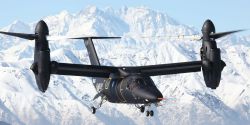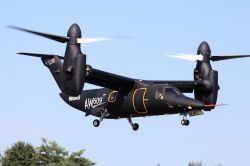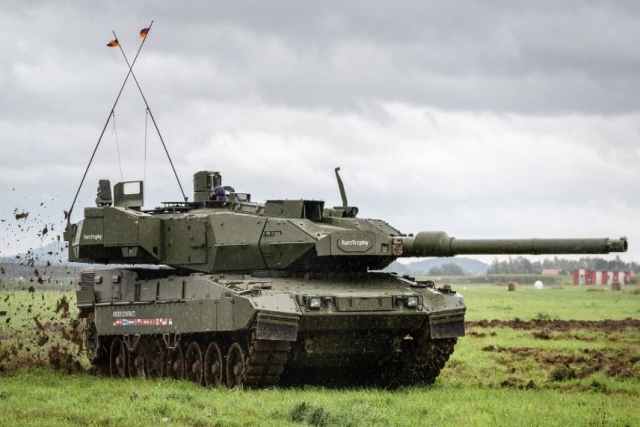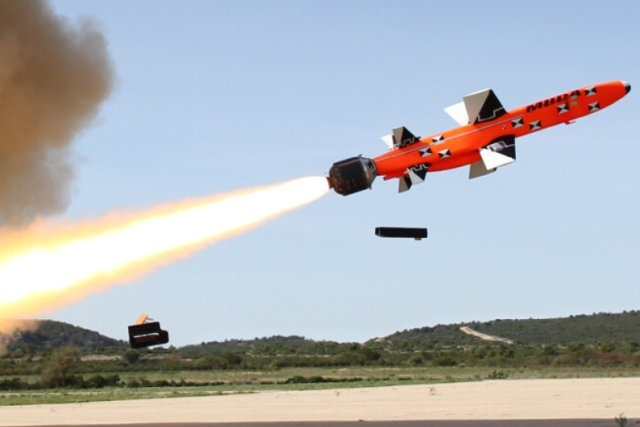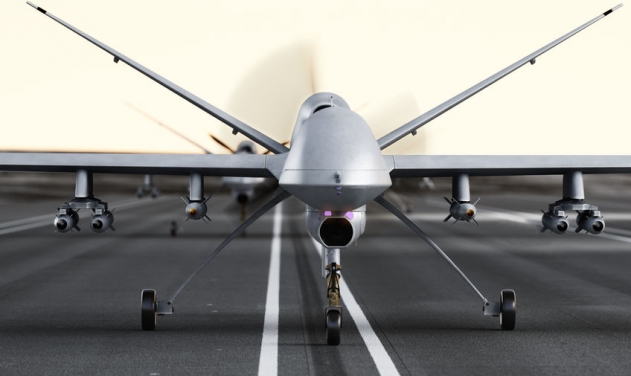Are Tiltrotors Airworthy?
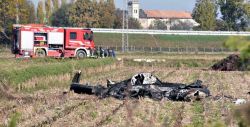
A fatal crash of Agustawestland Aw609 in northern Italy yesterday and Bell-Boeing V-22 Osprey crash in Hawaii in May this year that killed two marines and injured 20 others has raised questions about the safety and airworthiness of the aircraft.
An Agustawestland AW609 that crashed in northern Italy killing both of its pilots. Images in local media show one of the AW609’s proprotors and engine nacelles in flames on the ground.
A recent investigation report on the Osprey tiltrotor crash in Hawaii published by the US Navy indicates that loss of power due to ingestion of sand into the engines as the cause of the crash.
The power loss in the latest accident may have been caused by sand containing reactive minerals such as calcium, magnesium and silicon which "melted in the engine's combustor and solidified on the fixed first-stage turbine vane", Aviation Week said, citing a Sept. 9 preliminary status report by U.S. Naval Air Systems Command, or Navair.
The Osprey has seen a lot of resistance from marines and was nearly cancelled after the death of 23 marines during a flight test in Arizona in 2000 during a flight testing. The same year four marines were killed when an Osprey crashed in North Carolina due to problems with a hydraulic part and software problem in the aircraft’s computer system.
Seven people were killed during testing when an Osprey crashed in Virginia in 1992.
Issues such as Hydraulic lines failing, poor visibility and hard landing have contributed to most tiltrotors’ crashes.
Even if the MV-22 is factually safe, a Class A flight mishap is one that results in loss of life or more than $2 million in damage to equipment. An Osprey costs about $70 million.
Apart from the crashes, the V-22 is too fast to be escorted by conventional AH-1Z attack helicopters and too slow to tag along with F/A-18 fighters, making the tiltrotor all but defenceless, War is Boring reported last year.
The Osprey is almost impossible to land in a brown-out situation, in which dust and dirt envelope the cockpit. To have any chance in a brown-out, a V-22 crew has to use advanced avionics and an infrared camera. A conventional helicopter can manage brownout with high-tech assistance, making it much safer, the report said.
